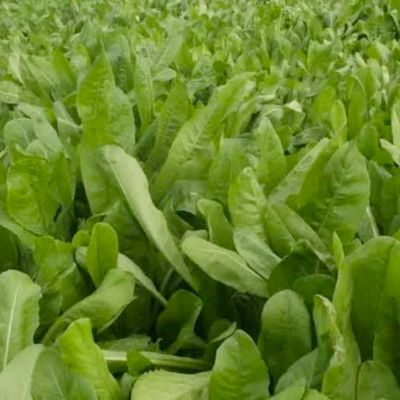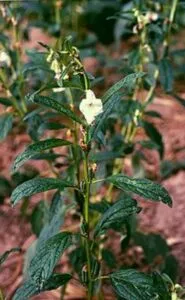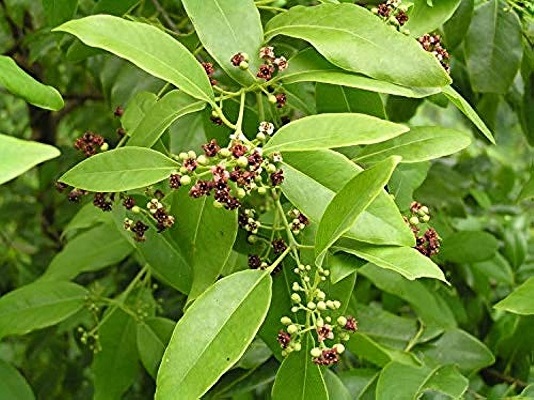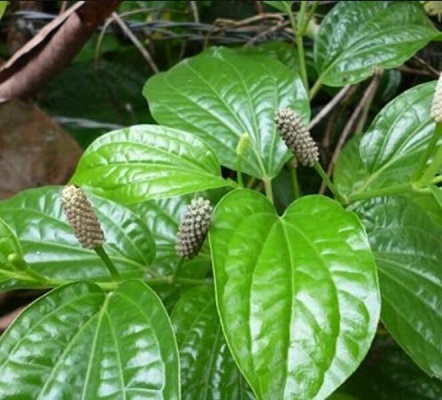On This Page
Tila – Sesamum indicum
Introduction
Tila is one of the most commonly used and readily available herbs in India. Tila is commonly known as Sesamum or Gingely seed. Tila is well-known for the oil providing nature of the plant. The name Tila itself means that the seeds have oil in it and the oil if applied over the body will provide unctuousness. The species name indicates that the plant us native to India.
Dr. Gupta’s IAFA have been studying on readily available herbs for the purpose of alleviating allergic condition. By experiments, our experts have successfully proven the activities like Antioxidant, Antiallergic, Anti-inflammatory, Hepatoprotective, Hypotensive etc properties of the plant. Sesamum can be used to treat conditions like weakness, vata disorders, Allergic conditions, hairfall, wound etc. The hexane extract of Sesamum plant can be used to treat gastric ulcers. The antioxidant activity of the plant is due to the presence of sesaminol glycosides. The ethanolic extracts of the plant helps in the analgesic properties of the plant.
Action of Tila – Sesamum indicum in Allergies
IAFA experts have successfully proven the antiallergic property of the plant Tila. The plant contains phytoconstituents likes esamolinol, Sesamol, Octanal, Phenol, a-tocopherol, Sitosterol, Campesterol, Stigmasterol, Arginine, Cystine, Histidine, Leucine, Lysine, Methionine, Tyrosine, Valine, a and B-globulins, Ascorbic acid, Pyridoxine, Riboflavine, Thiamine, a and B-tocopherols etc. These phytoconstituents aids in the antiallergic property of Tila. It can be effectively applied on the skin in powder or oil form to alleviate skin allergic conditions.
Vernacular Names
| Sanskrit Name | Tila, Putha, Snehapuraphala |
| Hindi Name | Til |
| English Name | Sesamum |
| Malayalam Name | Karu ellu |
| Kannada Name | Yellu |
| Marathi Name | Til |
Botanical Name
Sesamum indicum
Family
Pedaliaceae
Morphology of Tila – Sesamum indicum
- Annual herb
- Stems are erect pubescent branched
- Leaves are simple lobed ovate
- Inflorescence is axillary cymose
- Flowers are pedicellate
- Fruits are loculicidal capsule
- Seeds are endospermic
Ayurveda Reference of Tila – Sesamum indicum

Geographical Distribution of Tila – Sesamum indicum
Tila grows throughout India, especially in hilly areas.
Phytoconstituents of Tila – Sesamum indicum
The plant contains phytoconstituents like – Seeds contain sesamolinol, Sesamol, Octanal, Phenol, a-tocopherol, Sitosterol, Campesterol, Stigmasterol, Arginine, Cystine, Histidine, Leucine, Lysine, Methionine, Tyrosine, Valine, a and B-globulins, Ascorbic acid, Pyridoxine, Riboflavine, Thiamine, a and B-tocopherols.
Parts Used of Tila – Sesamum indicum
- Seed
Dosage of Tila – Sesamum indicum
- Powder (churna) – 1-2 g
- Oil (taila) – 5-15 drops
Medicinal Properties of Tila – Sesamum indicum
- Balya – increases strength
- Kesya – promotes hair growth
- Vranahara – relieves ulcers
- Dipana – increases digestive capacity
- Medhya – promotes intelligence
- Sulahara – analgesic

Have A Health Issue?
Consult Online
- Dr. Sahil Gupta (B.A.M.S., M.H.A.)
Ayurvedic Allergy Specialist
CEO & Founder of IAFA®
Home Remedies of Tila – Sesamum indicum
Ayurveda is an ancient system of medicine popular in India. The treatment system adopted by Ayurveda is purely based on naturally available herbs. Tila is one of the most widely seen and used herb. Due to its high medicinal value it is used in treating many diseases like,
- In Wounds (Vrna) – Paste of Tila mixed with ghee and honey and applied over the wound.
- Weak dentures (Danta dourbalya) – Gargling with milk boiled by adding Tila is very useful in strengthening teeth.
- In Disorders of Vata (Vatavyadhi) – Old ghee processed with oil of Tila is useful in alleviating Vata disorders.
- As a Digestant (Pacana) – Powder of Tila is taken with hot water after food will increase digestive functions.
- In Skin diseases (Kushta) – Oil of Tila is appliedover skin in Vata skin diseases
- In hair growth (kesya) – Oil of Tila is used before bathing. Daily usage of Tila oil improve hair growth
- As an analgesic (Sulaghna) – Decoction of Tila is taken to alleviate painful conditions caused by Vata.
- In indigestion (Ajirna) – Tila is powdered and taken after food.
Ayurveda is an Indian system of medicine and a lifestyle modification practice which uses commonly seen herbs as medicine. Dr. Gupta’s IAFA have been conducting research studies to find out different phytoconstituents of herbs and their action in body. Such knowledge acquired by our experts are used in preparation of medicines and providing better treatment. IAFA is the provider of treatment for a wide range of diseases, mainly allergic diseases only based on Ayurveda.
Reach IAFA for safe herbal remedies for all your ailments!!!
Was this Page Helpful?
Read More Articles
-

Kasini (Cichorium intybus)
Kasini (Cichorium intybus) commonly known as Chicory is a perennial herb, with large…
-
-









